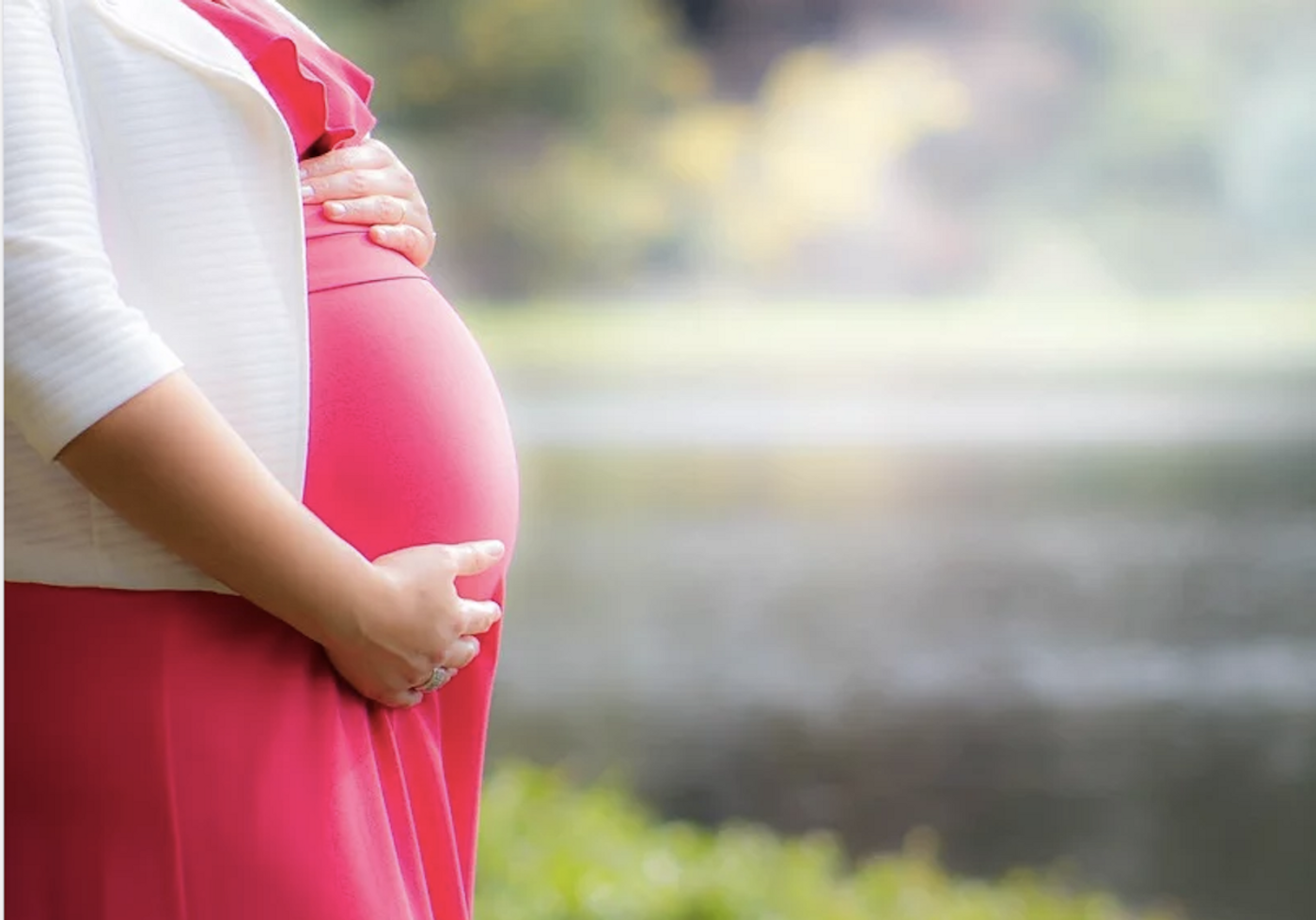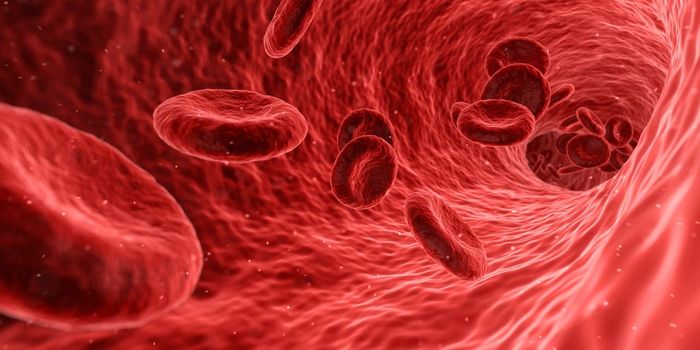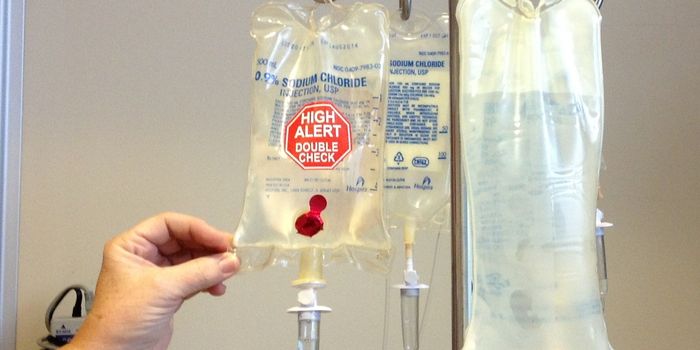Relieving Preeclampsia With an Antioxidant Found in Mushrooms
Preeclampsia is a complication of pregnancy in which high blood pressure occurs, and damage may appear in the liver or kidneys. It usually arises after 20 weeks of pregnancy in women that typically have normal blood pressure. It can be fatal to the mother and baby if left untreated. High blood pressure can be treated in pregnant women, but in the case of severe preeclampsia, women may have to deliver the baby to relieve the high blood pressure. As such, if f it arises early in the pregnancy, it can present serious problems.
Researchers have now used a rodent model to show that an antioxidant derived from natural sources like mushrooms, called L-ergothioneine, can relieve some symptoms of preeclampsia. The investigators are hopeful that the findings will hold true for women. The work has been reported in the journal Hypertension.
"Our research shows that treating rats with preeclampsia with the natural antioxidant L-ergothioneine reduced blood pressure, prevented fetal growth restriction and dampened production of the damaging substances released from the placenta during preeclampsia," said the research leader, Dr. Cathal McCarthy.
Scientists are investigating ways to use yeast cells that are engineered to produce L-ergothioneine in order to make large enough amounts of the antioxidant to treat patients. The molecule is found in foods but is present at the highest levels in mushrooms.
"Today, ergothioneine is either made chemically or extracted from mushrooms, but at DTU Biosustain we are developing a method to make it biologically. This should lead to its much wider availability at competitive prices," said Douglas Kell, Associated Scientific Director at The Novo Nordisk Foundation Center for Biosustainability (DTU Biosustain) and Research Chair in Systems Biology Department of Biochemistry, University of Liverpool.
There is also evidence that L-ergothioneine may also be beneficial in the treatment of vascular and neurological disorders. The antioxidant seems to be a natural and safe compound that has potential, but it must first be evaluated thoroughly in clinical trials in order to prove that conclusively.
Sources: AAAS/Eurekalert! via Technical University of Denmark, Hypertension









